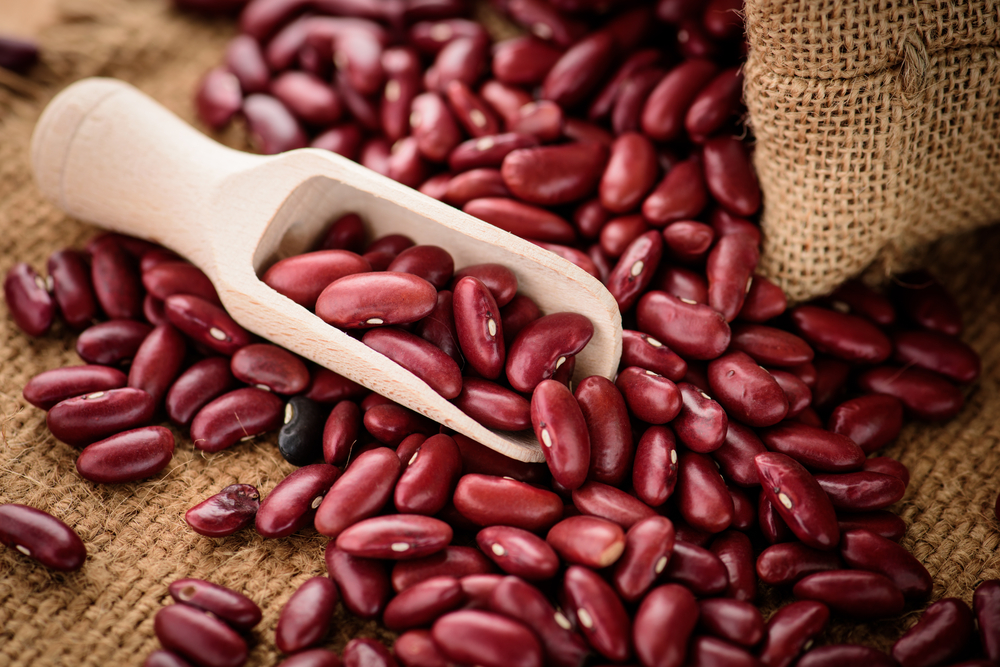
Healthy Alphabet: K is for Five Foods that are Good for You
We are constantly bombarded with information about what we should and shouldn’t be eating which can become confusing.
Caymanrestaurants.com has decided to go for a simple approach and provide an alphabetical guide to some of the healthiest foods you can add to your diet.
We’ll be going from A-Z and listing up to five fruits and vegetables that are packed with minerals and vitamins while also providing nutritional facts on their health benefits.
We’ve looked at A-J. Let’s move on to K.
Kale

Kale is native to the UK and Eastern Mediterranean countries and is a member of the cabbage family. It comes with curly and smooth leaves and there are several varieties.
Kale is a superfood because it’s full of antioxidants and anti-inflammatory properties. It also contains isothioctanates which have been proven to reduce the risk of developing some cancers such as bladder, breast, colon, and ovarian.
Kale is also a great source of vitamin B6, potassium, fibre, copper and calcium.
Nutrition facts (100 grams):
*50 calories
*2.0 grams of dietary fibre (8% of daily value (DV))
*817 micrograms (mcg) of vitamin K (1021% DV)
*15376 IU (international units) of vitamin A (30% DV)
*120 milligrams of Vitamin C (200% DV)
*0.8 mg of manganese (39% DV)
*0.3 mg of vitamin B6 (14% DV)
*135 mg of calcium (14% DV)
Kefir

Kefir is a cultured, fermented probiotic milk drink that’s made by adding kefir grains to cow, goat, sheep, or even coconut milk.
Kefir grains look like cauliflower. They aren’t grains at all but rather small gelatinous beads that contain a variety of bacteria and yeasts.
Kefir is a better source of probiotics than yogurt and is also rich in calcium. Due to its fermented nature, it is recommended that you purchase kefir from a reputable source because if it’s not made properly it can make you ill.
Nutrition facts (1 cup of low-fat cow’s milk kefir with no added sugar):
*110 calories
*11 grams of protein (22% of daily value (DV))
*2 grams of fat (3% DV)
*12 grams of carbohydrates (4% DV)
*12 grams of sugar
*390 mg of calcium (30% DV)
*90 mcg of vitamin A (10% DV)
Kidney Beans

Kidney beans were first cultivated by the Aztecs and were given their name because their shape and colour resembles human kidneys.
They are native to Central America and Mexico and can be used in a range of dishes including stews and soups. Kidney beans are a good source of fibre, carbohydrates and protein.
Raw or undercooked kidney beans contain a toxic substance that can cause severe food poisoning.
Nutrition facts (100 grams, cooked and boiled without salt):
*127 calories
*6.4 grams of fibre (26% DV)
*8.7 grams of protein (17% DV)
*130 mcg of folate (33% DV)
*0.1 mg of vitamin B6 (6% DV)
*2.2 mg of iron (12% DV)
*42.0 mg of magnesium (10% DV)
*405 mg of potassium (12% DV).
Kimchi

Kimchi originated in South Korea and is a staple of Asian diets.
Cabbage is the traditional main ingredient, but it can also be made from other vegetables. It is flavoured over several days with various seasonings, such as red pepper, garlic, ginger, and salt.
Kimchi has grown in popularity in recent times because it’s a fermented food which contains healthy bacteria that can be beneficial for the gut and overall digestive health.
Kimchi made from cabbage is high in vitamins and minerals including vitamin K, calcium and iron.
Nutrition facts (150 grams):
*22 calories
*2.4 grams of dietary fibre (2% DV)
*1.59 grams of sugar
*1.65 grams of protein
*3.6 grams of carbohydrates (2% DV)
*50 mg of calcium (5% DV)
*3.75 mg of iron (20% DV)
*140 IU of vitamin A (3% DV).
Kiwifruit

Kiwifruit is native to China and was initially known as Chinese gooseberry when it was first shipped to New Zealand at the beginning of the 20th Century.
When New Zealand began exporting the fruit its name was changed to avoid excessive duties on berries. It was called Kiwifruit because it resembles New Zealand’s national bird which is also brown and furry.
Kiwis are a nutrient-dense food which means they are high in nutrients and low in calories. They are also a great source of vitamin C and potassium.
Nutrition facts (1 medium-sized fruit):
*46.4 calories
*2.3 grams of dietary fibre (9% DV)
*70.5 mg of vitamin C (117% DV)
*30.6 mcg of vitamin K (38% DV)
*19.0 mcg of folate (19% DV)
*237 mg of potassium (7% DV)
*25.8 mg of calcium (3% DV)
*0.1 mg of copper (5% DV)
Watch out for the rest of the healthy food alphabet in this series to be published on Find Yello, and click to take a look at the previous A, B, C , D, E , F , G, H, I and J articles.
Sources: The Food Coach / Healthline / Nutrition Data / BBC Good Food / Everyday Health / Food Facts / Medical News Today / Healthline
By Karen Rollins
Karen is the senior writer for Yello Media Group of which Caymanrestaurants.com is a subsidiary, and this article originally published on Findyello.com in 2020.
